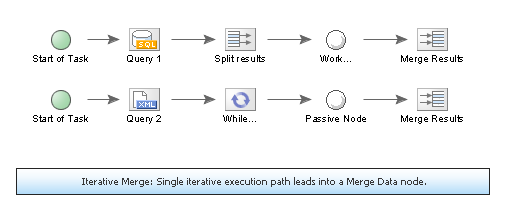
As with any balanced tree, the cost grows much more slowly than the number of elements. The internal nodes that are one level above these leaves are what would be called the "leaves" by other authors: these nodes only store keys (at most m-1, and at least m/2-1 if they are not the root) and pointers (one for each key) to nodes carrying the data objects / chunks.Ī B-tree of depth n+1 can hold about U times as many items as a B-tree of depth n, but the cost of search, insert, and delete operations grows with the depth of the tree. Leaf nodes In Knuth's terminology, the "leaf" nodes are the actual data objects / chunks. For example, when there are fewer than L−1 elements in the entire tree, the root will be the only node in the tree with no children at all. The root node The root node's number of children has the same upper limit as internal nodes, but has no lower limit. These properties make it possible to delete and insert new values into a B-tree and adjust the tree to preserve the B-tree properties.
DATA MERGE PAGES FULL
The relationship between U and L implies that two half-full nodes can be joined to make a legal node, and one full node can be split into two legal nodes (if there's room to push one element up into the parent). U must be either 2 L or 2 L−1 therefore each internal node is at least half full. Thus, the number of elements is always 1 less than the number of child pointers (the number of elements is between L−1 and U−1). Every internal node contains a maximum of U children and a minimum of L children. They are usually represented as an ordered set of elements and child pointers.

Internal nodes Internal nodes (also known as inner nodes) are all nodes except for leaf nodes and the root node. All values in the leftmost subtree will be less than a 1, all values in the middle subtree will be between a 1 and a 2, and all values in the rightmost subtree will be greater than a 2. For example, if an internal node has 3 child nodes (or subtrees) then it must have 2 keys: a 1 and a 2.

McCreight has said that "the more you think about what the B in B-trees means, the better you understand B-trees." Definition Īccording to Knuth's definition, a B-tree of order m is a tree which satisfies the following properties: īayer and McCreight never explained what, if anything, the B stands for: Boeing, balanced, broad, bushy, and Bayer have been suggested. Bayer and McCreight's paper, Organization and maintenance of large ordered indices, was first circulated in July 1970 and later published in Acta Informatica.

The basic assumption was that indices would be so voluminous that only small chunks of the tree could fit in main memory. McCreight while working at Boeing Research Labs, for the purpose of efficiently managing index pages for large random-access files.


 0 kommentar(er)
0 kommentar(er)
